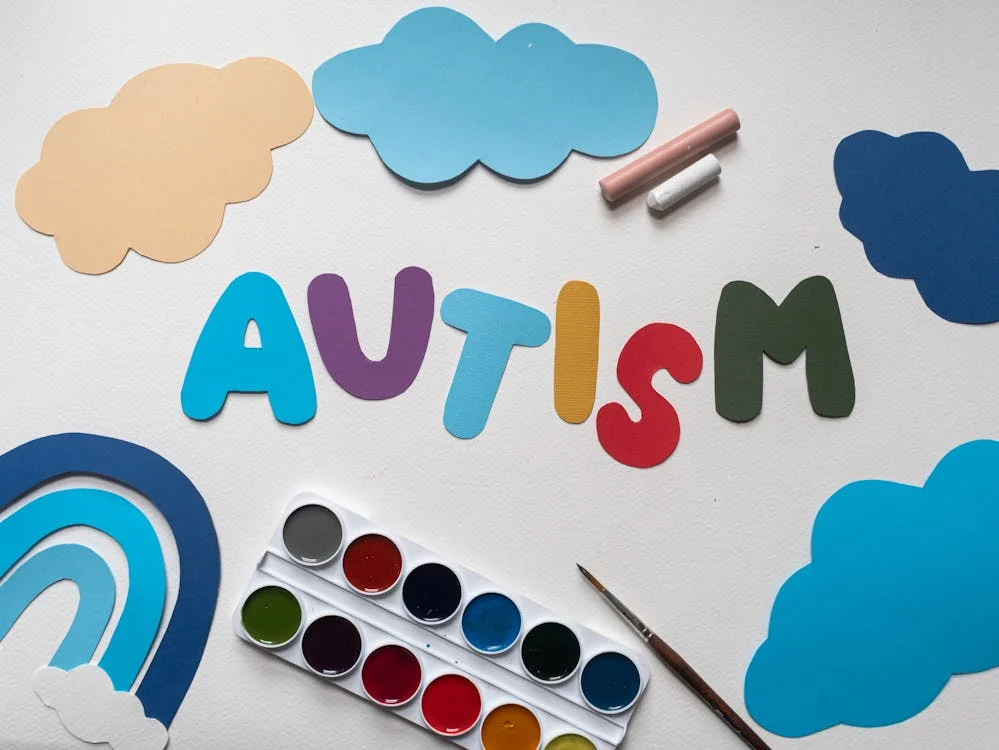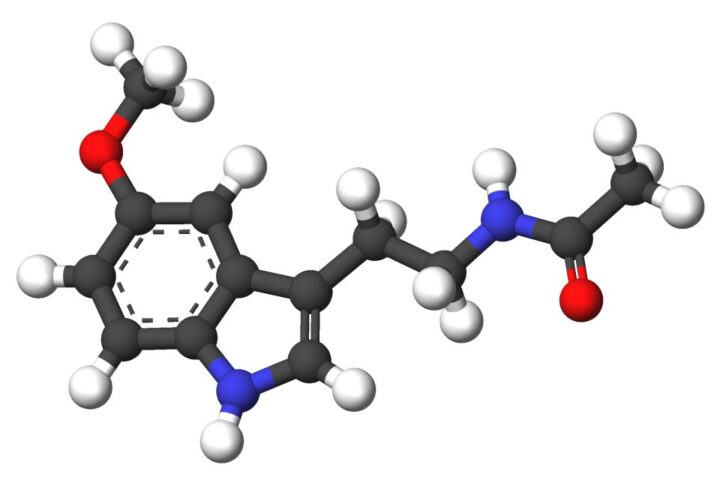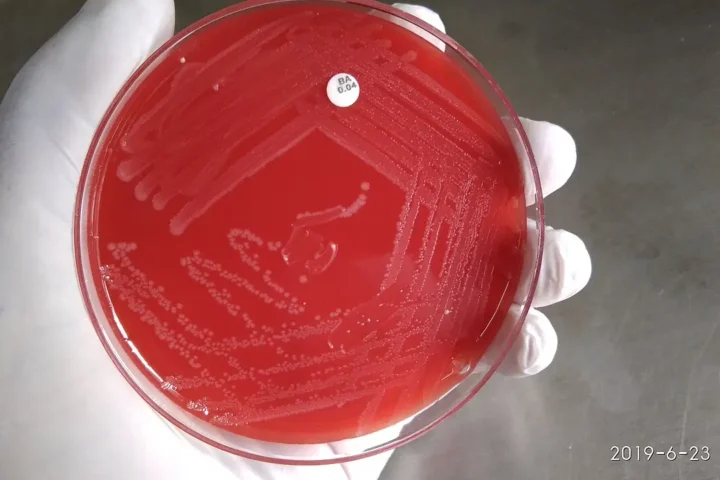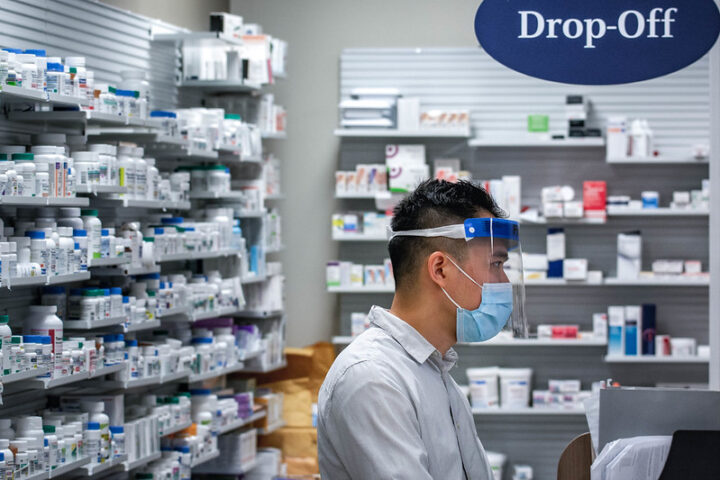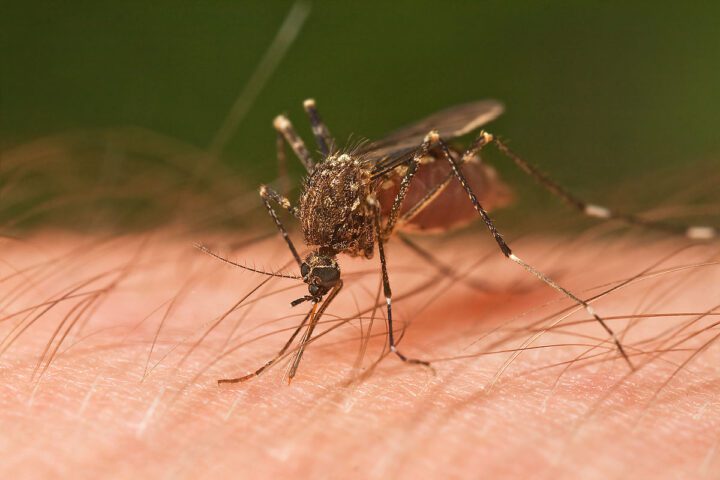One in every 31 children in America now has autism spectrum disorder (ASD), according to the latest data released by the Centers for Disease Control and Prevention (CDC) in April 2025. This marks a significant increase from the previous estimate of 1 in 36 children reported in 2020, continuing a decades-long upward trend that has health officials and families seeking answers.
Key Numbers That Matter
The CDC’s Autism and Developmental Disabilities Monitoring (ADDM) Network surveyed 16 sites across 14 states and Puerto Rico in 2022, examining medical and educational records of 8-year-old children born in 2014. Here’s what they found:
- Overall prevalence: 32.2 per 1,000 children (1 in 31)
- Boys: Approximately 1 in 20 (50% higher than previous estimates)
- Girls: 1 in 71 (boys remain 3.4 times more likely to be diagnosed)
- Geographic variation: From 1 in 103 in Laredo, Texas to 1 in 12.5 in California
Breaking Down the Severity Patterns
A concerning finding from the 2022 survey reveals that autism cases are becoming more severe. Only 36.1% of children with ASD had IQ scores above 85 – the lowest percentage in six consecutive reports. Nearly two-thirds (63.9%) of children with autism now have either severe or borderline intellectual disability.
“The increase in autism spectrum disorder (ASD) prevalence cannot be solely attributed to the expansion of diagnoses to include higher functioning children,” the HHS press release stated. “On the contrary, the percentage of ASD cases with higher IQs (> 85) has decreased steadily over the last six ADDM reports.”
Racial and Ethnic Disparities Persist
The data reveals concerning disparities in both prevalence and severity across racial groups:
Prevalence by race/ethnicity:
- Asian/Pacific Islander: 38.2 per 1,000 (3.82%)
- Black: 36.6 per 1,000 (3.66%)
- Hispanic: 33.0 per 1,000 (3.30%)
- White: 27.7 per 1,000 (2.77%)
Intellectual disability rates:
- Black children with ASD: 78.9% had severe or borderline intellectual disability
- Asian children with ASD: 66.5%
- Hispanic children with ASD: 63.9%
- White children with ASD: 55.6%
These disparities suggest both improved detection in historically underserved communities and ongoing challenges in accessing early intervention services.
Expert Perspectives and Government Response
HHS Secretary Robert F. Kennedy Jr. declared the situation urgent, stating: “The autism epidemic is running rampant. One in 31 American children born in 2014 are disabled by autism. That’s up significantly from two years earlier and nearly five times higher than when the CDC first started running autism surveys in children born in 1992.”
Kennedy emphasized the administration’s commitment to research: “President Trump has tasked me with identifying the root causes of the childhood chronic disease epidemic — including autism. We are assembling teams of world-class scientists to focus research on the origins of the epidemic, and we expect to begin to have answers by September.”
However, research experts point to more complex explanations Dr. Christopher J. Smith from the Southwest Autism Research & Resource Center noted: “The updated report and findings show that more children now have access to autism evaluations, leading to an increase in autism diagnoses. In addition, the last several CDC reports have shown similar prevalence rates, suggesting that the sharp increases may be leveling off.”
Similar Posts
Early Detection Shows Promise
A positive trend emerges in early identification efforts. Among 4-year-olds born in 2018, the overall ASD prevalence was 29.3 per 1,000 (1 in 34). Some sites showed particularly encouraging progress – in 13 of 16 sites, identification rates were 40-300% higher among 4-year-olds compared to when 8-year-olds were the same age.
California leads in early detection, partly due to its Get SET Early model where hundreds of pediatricians receive specialized training in screening and referring children for assessment. This comprehensive approach correlates with California having the highest autism prevalence rates, which experts interpret as better detection rather than higher actual occurrence.
What Families Should Know
The American Academy of Pediatrics recommends:
- Developmental surveillance at every well-child visit
- Formal autism screening at 18 and 24 months
- Immediate referral for evaluation if concerns arise
Dr. Alice Kuo from UCLA emphasized that earlier diagnosis leads to better outcomes: “Children with intellectual disability had earlier median ages of ASD diagnosis (43 months) than those without intellectual disability (53 months).”
Looking Ahead: Sustainable Support Systems
As autism prevalence continues to rise, the need for comprehensive support systems becomes critical. The data shows:
- Educational Impact: 74% of autistic students graduate with a diploma, compared to 86% of all students
- Geographic Disparities: Rural families face provider shortages and longer wait times
- Insurance Coverage: 44 states now require private insurers to cover ASD therapies, though coverage varies
Conclusion: Building Tomorrow’s Support Framework
The rise in autism diagnoses reflects both improved detection methods and genuine public health challenges. While genetic factors account for 60-90% of autism risk according to research, environmental and social determinants remain areas of active investigation.
Moving forward, sustainable progress requires:
- Universal screening programs across all communities
- Increased funding for autism research and services
- Training more specialists to reduce diagnostic delays
- Creating inclusive educational and workplace environments
- Supporting families through the entire lifespan, not just childhood

The philosophy of neurodiversity reminds us that autism represents a spectrum of human experience deserving both scientific understanding and societal support. As one researcher noted: “This steady increase in prevalence calls for deeper, sustained investment in autism research, not only to understand its causes, but also to support the growing number of people diagnosed today.”
The journey toward answers continues, but with early detection improving and awareness growing, there’s hope for better outcomes for the 1 in 31 children and their families navigating life with autism.
